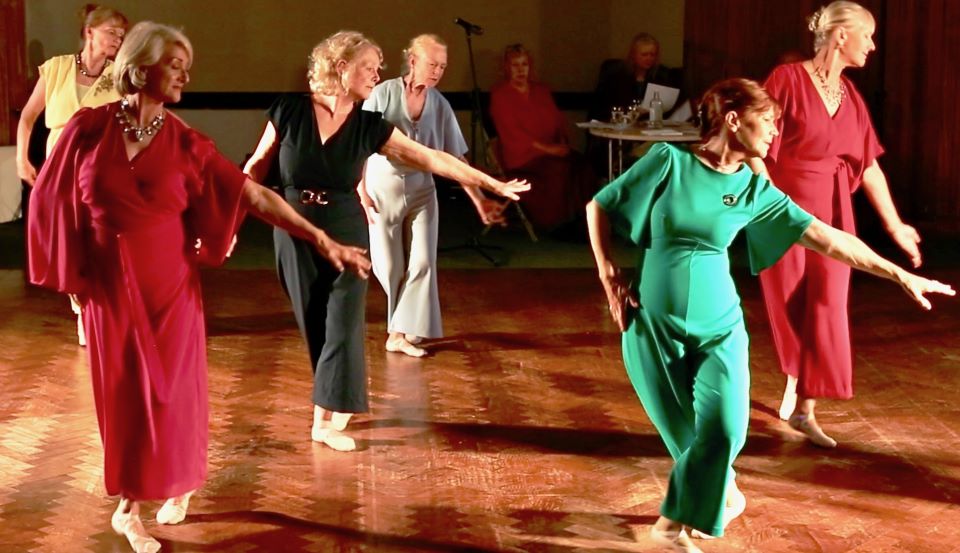Google the phrase ‘aged care crisis’ and you will get around 14 million results. In less than one second a simple internet search provides a clear picture of how much has been debated, tweeted, blogged and reported on aged care. I am not being flippant: my point is that for every word written or spoken, not much has changed – just look at the figures.
More than 1 million older people are malnourished. The number of older people in our emergency wards is staggering. Around 775,000 older people say they are always or often feel lonely. Meanwhile, social care services have been slashed by £3 billion.
The picture is bleak but it does not have to be, and we do not need to wait for the Government to make changes. Many of the issues identified above can be addressed if we unlock the potential of integrated housing and care.
This country needs homes that cater for the 2.5 million over 75s who are living alone and the growing numbers of people who have to fund their own long-term care. This means providing an alternative to care homes many people avoid until they are at crisis point and don’t have any other choice.
Models like the Green House Project, established by Dr Bill Thomas 10 years ago, could prove the answer. The Green House Project is de-institutionalizing elder care in the US by providing a family-home environment for older people. Each person who lives in a Green House home has a private bedroom and full bathroom opening to a central living area, open full kitchen and dining room. They also enjoy companionship and the support of highly skilled staff.
Accessible to those on Medicare and Medicaid, the Green House Project focuses on personalisation, wellbeing and relationships, and research has shown this approach works. Green House residents generally have a higher quality of life, enjoy better quality of care, and experience lower hospitalization rates than people staying in traditional care homes.
Like the Green House Project, Evermore is about providing great places to live for people in later life. We want every older person to enjoy a life filled with good company, great food, and meaning. A life to look forward to and not avoid so it makes planning ahead a positive experience for all involved, which also means never having to move into a care home.
Evermore is an intentional community for older people, generally over 80, who can no longer cope with living alone. There will be around 10 or 11 older people living within each household that is clustered around a communal living space. They will either own or rent their purpose-built apartment, which gives them a sense of security but also independence.
Instead of carers, there will be multi-talented Mulinellos to provide support based on individual needs and preferences. Mealtimes will be about providing a convivial and social atmosphere, as well as freshly cooked and nourishing meals. There won’t be strict timetables and activity schedules. Residents will have complete choice and control.
It is this bespoke experience and sense of freedom that is lacking from the current models of care. In his paper Personalisation: lessons from social care report, Alex Fox reports on the Welsh Government’s belief that the label personalisation has become too closely associated with a market-led model of consumer choice, which does not necessarily equate with citizen control.
We agree. Every individual should have the freedom to make the decisions that affect their daily life, the decisions that often get taken away in residential care. Like, what time to get up, what to eat – when and where to eat – what to do. Instead of dictating rules, staff should act as advocates for the residents so they can continue doing the things they love.
Fox also points out that recent critics of personalisation have focussed on its lack of focus upon relationships, community life and responsibilities. Personalisation is about actively listening to an individual, learning what they like or don’t like so you can establish a genuine relationship. It’s about enabling people to continue making decisions, making friends and taking part in life. Again, it comes down advocacy.
For this to happen, staff must be given the time to get to know every resident. Only then will they understand how they can help residents access exactly the care and support they need. This also means staff can be at the forefront of early intervention and prevention.
The Communities Connected: Inclusion, Participation and Common Purpose report by Professor David Morris FRSA and Alison Gilchrist, points out that community connections, reaching across place, interests, and identity can promote wellbeing and address social exclusion.
This is something we need to be very conscious of and at Evermore our aim is to ensure that we do not just co-exist alongside the local community but interact. The aim is to encourage and support community organisations to make use of our communal spaces, to engage with older people and vice versa. Likewise if a service provider, like a GP or physio, wants to use the space, then we will facilitate this wherever possible.
All of this is the antithesis of the current residential care model and why we believe the private sector has a role to play in reforming public services and creating more cohesive communities. Because we are not reliant on public funding, we have the freedom to innovate and put our plans into action, not simply talk.
I believe approaches like this – where organisations are free to innovate, focus on empowering residents and connecting with local communities – will be the game changer in aged care.
Related articles
-
Black History Month: Q&A with I. Stephanie Boyce
Deborah Ajia
The first Black president of the Law Society discusses how she overcame the odds to rise to the top of her profession, and is now helping to drive social change as an RSA Fellow.
-
Keep dancing!
Barbara Berkeley-Hill
Age should be no barrier when it comes to dance. Barbara Berkeley-Hill discusses how dancing can help older generations feel younger, happier and more connected.
-
Educators as curators in the age of AI
Alex Soulsby
With artificial intelligence able to support individualised learning, educators should act as curators of knowledge – cultivating creativity, critical thinking and other competencies to help foster deeper and more meaningful connections with each student.



Join the discussion
Comments
Please login to post a comment or reply
Don't have an account? Click here to register.
Any eligiblity criteria stay in home for older people.
Sara - you're absolutely right of course and it takes not much more than the will and intention to take action that can make the real difference. The inertia of the current short-termist cut-cut-cut policy will only cause an increased magnification in medium and long-term issues.
Failure to recognise that everything we add to the 'to do' list for others to do for an elderly person, takes away a huge part of that elderly person's reason to exist. Most of the elderly we talk to recognise they need help but don't want to lose the control over their choices, their decisions - their life.
Our first version of Visbuzz failed because we took control of the choice for communication and inclusion away from the isolated person. When we found a way to provide choice and control together with inclusion we had great results in increasing the wellbeing of our elderly.
I wish you and Evermore every success. You are sorely needed.